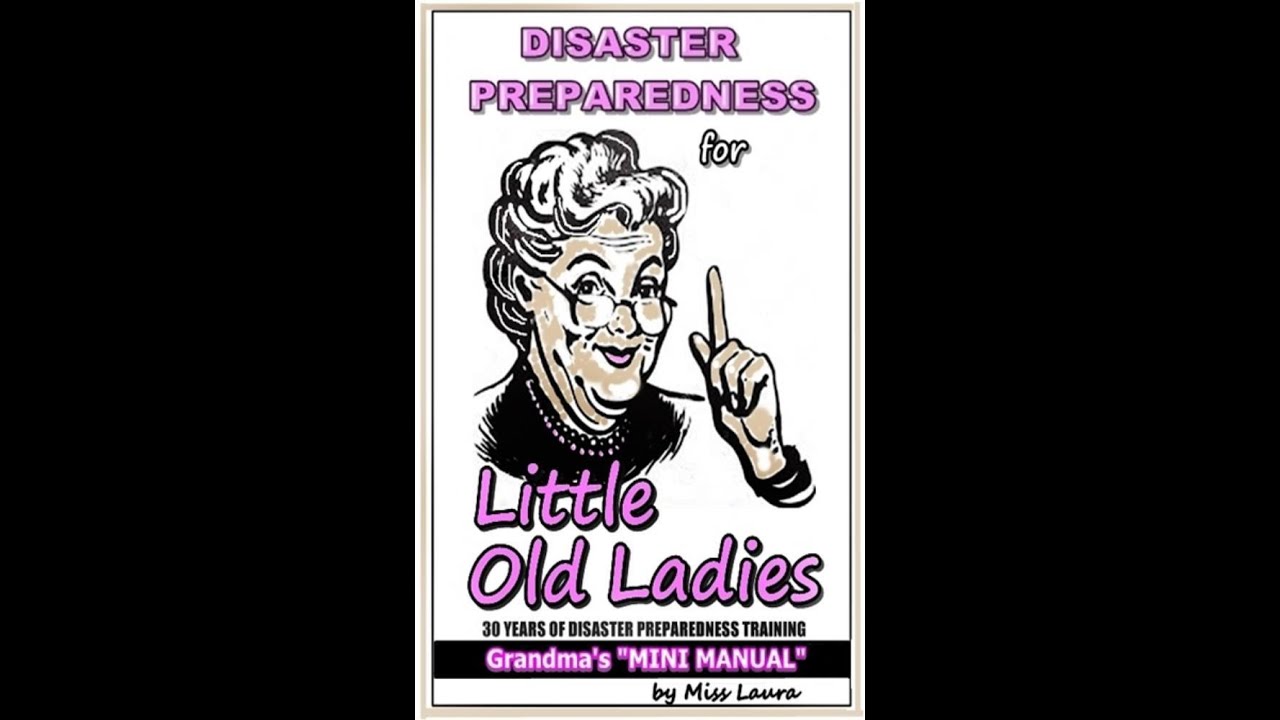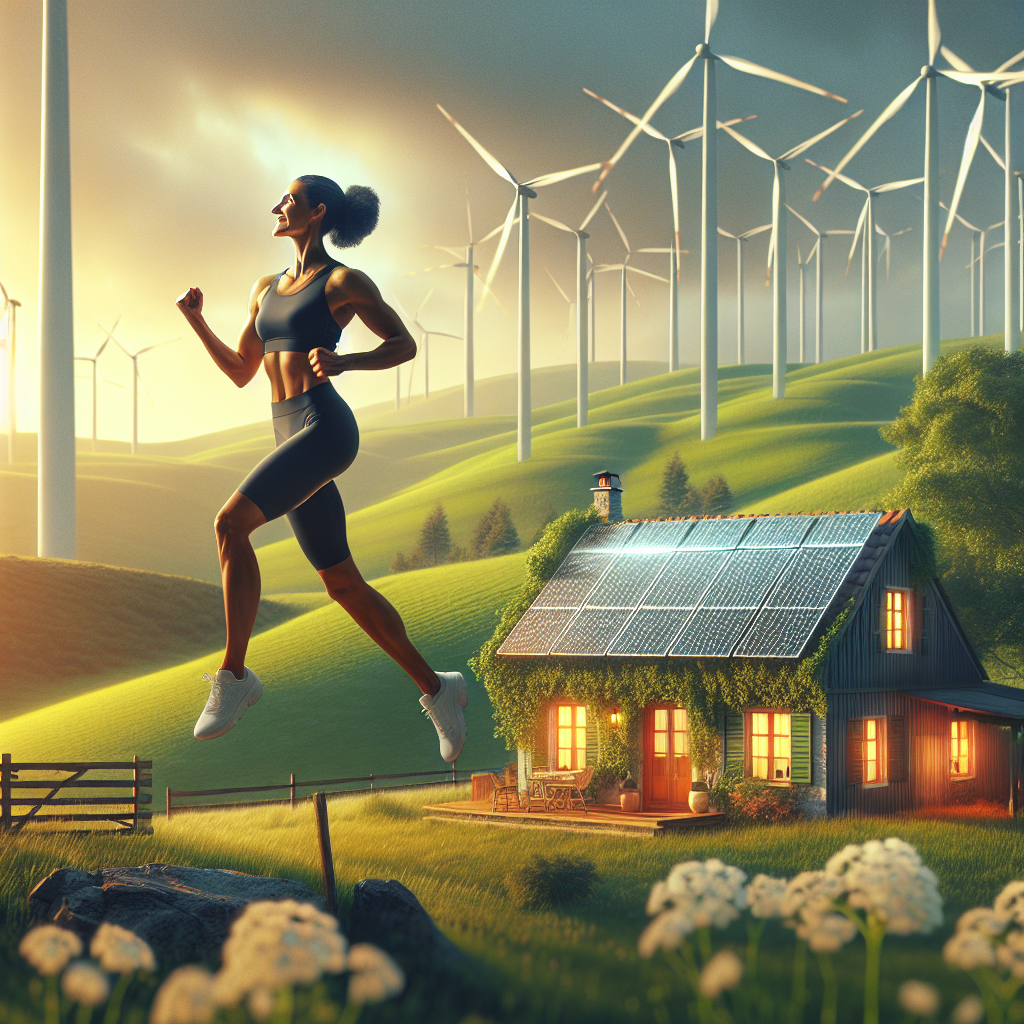Womens Preparedness
Empowerment through Education: How Survival Training is Changing Lives

Empowerment through Education: How Survival Training is Changing Lives
Hello, ladies! I’m Jade Tripp, and I’m thrilled to share with you the transformative power of survival training and how it can empower us as women. In a world filled with uncertainties, feeling safe and secure is paramount. But what if I told you that the knowledge and skills we acquire can be our strongest allies? Let’s dive into how survival training is changing the lives of countless women—and how it can change yours, too.
The Importance of Survival Training
Every day, we face challenges that test our resilience, creativity, and adaptability. Survival training equips us with practical skills that foster confidence and independence. By learning survival techniques, you’re not just preparing for emergencies; you’re also cultivating a mindset of empowerment.
Real-Life Inspirations
Consider the story of Mia, a single mother from Los Angeles. After a series of unsettling incidents in her neighborhood, Mia attended a self-defense workshop. Not only did she learn vital techniques to protect herself, but she also became a mentor in her community, leading workshops for other women. Mia’s journey exemplifies how one course can ripple out, affecting not just individuals but entire communities.
In another case, a small group of women in rural Montana formed a survival training collective. They learned skills such as wilderness navigation, foraging, and basic first aid. This collective fostered an environment where women could support one another while increasing their knowledge. They share the joys of camping, hiking, and even prepping together. The camaraderie built through these shared experiences has blossomed into unbreakable bonds of friendship.
Building Skills and Confidence
Survival training covers a broad spectrum of skills, from self-defense techniques to basic survival tactics like shelter-building and food procurement. Here are a few examples of skills you might acquire:
-
Self-Defense Techniques: Courses like Krav Maga or Brazilian Jiu-Jitsu help to develop reflexes, awareness, and confidence. Instructors like Kiyomi McCloskey, a black belt in Brazilian Jiu-Jitsu, advocate for women learning to defend themselves against potential threats. Kiyomi emphasizes that physical awareness and the confidence to stand your ground can dramatically shift your perspective when walking alone at night or dealing with uncomfortable situations.
-
Basic Wilderness Survival: Organizations like the Women’s Wilderness Institute offer classes that encompass fire-making, navigation, and foraging. Imagine standing in the woods, knowing how to create a fire not just for warmth, but also as a signal to help in case you’ve lost your way. Such skills enhance self-reliance and diminish fear in unfamiliar settings.
- First Aid Training: Knowing how to respond in medical emergencies can be life-saving. Whether it’s a small cut while hiking or a more serious incident, the confidence in administering first aid can significantly reduce panic.
Creating a Supportive Community
Engaging in survival training doesn’t just empower the individual; it creates a strong community. Women who train together often form lasting friendships and support networks.
For instance, the “Girls Who Hunt” initiative is a movement that combines hunting skills with self-defense training to empower women in the outdoor community. Participants share knowledge, resources, and support each other – all while enjoying the thrill of the hunt.
Additionally, programs such as Camp Sunshine in New York provide education on preparedness and survival skills in a collaborative and encouraging environment. These programs are designed not only to teach skills but to build girls’ leadership capabilities. The sense of belonging and teamwork is invaluable, especially in a society that sometimes marginalizes women and their abilities.
The Mindset Shift
Perhaps one of the most profound changes that comes from survival training is the shift in mindset. When women feel equipped and capable, it enhances their self-esteem and resilience.
Consider the empowering concept of “situational awareness.” It involves understanding your environment and recognizing potential threats before they become problematic. Training in this area teaches women to trust their instincts, empowering them to navigate everyday situations with greater confidence.
Overcoming Challenges
It’s natural to feel intimidated at first. Women may hesitate to participate in survival training due to fears of physicality or the potential for failure. Acknowledge this feeling; you’re not alone. Many women experience similar apprehensions. But remember: every expert was once a beginner.
When Caroline first approached a self-defense class, she was nervous and uncertain. Gradually, she found that everyone was supportive and encouraging, and she discovered she had more strength than she realized. Today, Caroline leads classes herself, sharing her journey and encouraging others to step out of their comfort zones.
Let’s Take the Next Step Together
If you’re ready to engage in survival training, start by researching local organizations or online resources. Many communities offer introductory classes that cater to women, first-timers, and those looking to build on their existing skills.
Connect with fellow women who are interested in self-defense or preparedness. Join forums, social media groups, or local meet-ups. Supporting one another can lead to incredible growth and transformation!
Final Thoughts
Empowerment through education is a powerful tool for changing lives. By investing in survival training, we’re not only preparing ourselves for unforeseen circumstances but also equipping ourselves with the confidence to embrace life fully.
In closing, I invite you to embark on this journey of empowerment. You are capable of more than you know. Let’s empower each other, share our stories, and build a community of strong, knowledgeable women ready to take on the world together. Are you in?
Womens Preparedness
DISASTER PREPAREDNESS for Little Old Ladies

Caring, timely and needed! “DISASTER PREPAREDNESS for Little Old Ladies” is not your every day Emergency Preparedness …
source
Womens Preparedness
Survival Skills: Essential Tips for Homesteaders

Hello, wonderful ladies! I’m Jade Tripp, and today, we’re diving into a subject close to my heart: survival skills for homesteaders. Whether you’re just starting your journey toward self-sufficiency or have been living off the land for years, there’s always something new to learn. Homesteading is about more than just growing your own food; it’s about building resilience, community, and confidence. So grab a cup of tea, and let’s get started!
Understanding the Basics of Survival Skills
Survival skills are essential not only for living off the grid but also for navigating unexpected challenges in our everyday lives. These skills encompass a range of abilities: from growing your own food to self-defense and emergency preparedness.
1. Growing and Preserving Your Own Food
Understanding how to grow and preserve food is fundamental to homesteading. Here are some tips to get you started:
Start a Garden
Begin with easy-to-grow vegetables like tomatoes, zucchini, and beans. Community gardens, like the one in my hometown of Asheville, North Carolina, can be fantastic resources for inspiration and community support. These gardens are rich in knowledge and often have seasoned gardeners willing to share their tips.
Learn to Preserve
Once you’ve harvested your produce, learn to can or freeze it. The USDA has great guidelines on canning techniques. Remember, like my friend Laura learned the hard way, always follow food safety guidelines to avoid any mishaps!
2. Understanding Animal Husbandry
If you’re considering raising livestock, familiarize yourself with animal care basics. Chickens are a great starting point, offering eggs and pest control. You can learn from organizations like the American Livestock Breeds Conservancy, which provides guidelines on different breeds and their needs.
3. Self-Defense Skills
The reality is, whether you live in the country or in the suburbs, knowing how to protect yourself is vital. Take a self-defense class tailored for women, like those offered by organizations such as Krav Maga. These classes empower you with techniques that build confidence and awareness.
Real Story: The Power of Awareness
A friend of mine, Sarah, took a self-defense course after a concerning incident in her neighborhood. Not only did she learn crucial skills, but she also became more aware of her surroundings. This new mindset made her feel safer, whether at home or in public spaces.
4. Emergency Preparedness
Being prepared for emergencies is a cornerstone of homesteading. Create an emergency kit that includes food, water, first aid supplies, and any necessary medications. Consider situations like power outages, natural disasters, or even a simple fire in your home.
Community Resources
Organizations like the Red Cross offer classes in disaster preparedness. Get involved with your local community to create support networks. These networks can be lifesavers during difficult times—just ask anyone who has participated in a local Prepper group about their experiences!
5. Crafting and DIY Skills
Enhancing your DIY skills is invaluable for both personal growth and homesteading. Learn to sew, build, or craft your own tools and household items. Many online platforms, like YouTube, offer easy tutorials for beginners.
6. Reconnect with Nature
Understanding the local flora and fauna can give you a significant advantage. For instance, being able to identify local edible plants can supplement your food supply. Joining local hiking groups or nature classes can deepen your connection to your environment.
7. Creating a Support Network
Never underestimate the power of community. Forming friendships with fellow homesteaders can enrich your journey. Attend local workshops, join online forums, or participate in farmers’ markets. During tough times, your community can offer not only emotional support but also tangible help.
Conclusion: Embrace the Journey
Ladies, homesteading is a journey filled with challenges and joys. Embrace every lesson along the way and celebrate your progress. The skills you acquire—be they gardening, self-defense, or emergency preparedness—will empower you not just in homesteading, but in life.
Stay proactive, curious, and connected, and always remember: you are capable of more than you know. Let’s thrive together!
With love and resilience,
Jade Tripp
Womens Preparedness
Harnessing Sustainable Power: The Benefits of Renewable Energy for Homeowners

Harnessing Sustainable Power: The Benefits of Renewable Energy for Homeowners
Hello everyone! I’m Jade Tripp, and today I want to talk about a topic that’s not only crucial for our planet but also incredibly empowering for us as homeowners: renewable energy. As women who are increasingly taking charge of our homes, we have a unique opportunity to lead the way in sustainable living and self-reliance through renewable energy sources. Let’s explore the benefits and real-world applications of this empowering shift!
Understanding Renewable Energy
Renewable energy comes from natural sources that are constantly replenished, such as sunlight, wind, rain, tides, and geothermal heat. Unlike fossil fuels, which are finite and contribute to environmental degradation, renewable energy offers a sustainable alternative. When we harness these energy sources, we not only reduce our carbon footprint but also strengthen our energy independence.
The Big Benefits for Homeowners
-
Cost Savings Over Time
One of the most compelling reasons for homeowners to switch to renewable energy is the long-term cost savings. Yes, the initial investment can be daunting, but consider the impact of rising energy bills. According to the U.S. Department of Energy, solar energy can save homeowners between $10,000 to $30,000 over the lifespan of a solar panel system. Plus, states like California offer incentives such as rebates and tax credits that significantly lower upfront costs.
-
Increased Property Value
Homes equipped with renewable energy systems often have higher resale values. A study by the National Renewable Energy Laboratory found that homes with solar panels sold for an average of $15,000 more than those without. As buyers become more environmentally conscious, they actively seek homes with sustainable features. Imagine being that woman who not only invested in her home but also created value for her future.
-
Energy Independence and Security
By generating your own energy, you decrease your dependence on the grid. This is particularly important for us as women, who often find ourselves in caretaker roles. Having a self-sufficient energy source in the face of power outages or rising electricity prices offers peace of mind. For example, during Hurricane Sandy in 2012, many homeowners in New Jersey who had invested in solar energy or home generator systems were able to maintain power while their neighbors were left in the dark.
-
Environmental Impact
Embracing renewable energy significantly reduces your carbon footprint. The transition to solar, wind, or geothermal energy helps combat climate change and protect our planet for future generations. Jennifer, a mother of three from Oregon, shares how she installed solar panels on her home to create a sustainable living environment for her family. “I want my kids to grow up understanding the importance of taking care of our planet,” she says.
-
Community Involvement and Networking
Transitioning to renewable energy can open doors to involvement in local sustainability efforts. You can join local renewable energy cooperatives, attend workshops, and connect with like-minded women. Many communities have organizations focused on promoting renewable energy and encouraging residential investments.
Practical Steps to Get Started
-
Research Your Options
Start by evaluating available renewable energy sources in your area. Solar panels are the most common, but wind turbines, geothermal heating, and hydropower may also be options. Websites like the Solar Energy Industries Association (SEIA) provide exhaustive resources on the benefits and installations of solar energy. -
Assess Your Energy Needs
Take a moment to analyze your energy consumption. Tools like energy monitors can help you understand where you’re using the most energy and what changes you can make. -
Check Local Incentives
Look into local, state, or federal incentives for renewable energy. Many communities offer financial assistance or grants to residents who invest in sustainable technologies. -
Engage with Professionals
While DIY projects are empowering, consulting with professionals ensures that you make informed choices. Reach out to local renewable energy companies for consultations, and don’t hesitate to ask them questions related to installation, maintenance, and savings. - Educate and Inspire Others
Once you’ve made your own transition to renewable energy, share your experience with friends, family, and your community. Empowering other women to take similar steps can help build a supportive network focused on sustainability.
Conclusion
The transition to renewable energy is not just a practical choice; it’s an empowering lifestyle change that reflects our values as women. By adopting sustainable practices, we’re not only enhancing our homes but also becoming advocates for a better, more sustainable future. So let’s harness this sustainable power together and lead the way toward a brighter, greener tomorrow. Together, we can create a powerful ripple effect that not only protects our planet but also empowers our communities.
Let’s get started on this journey! 🌍✨
-

 Womens Self Defense10 months ago
Womens Self Defense10 months agoNew Legislation Empowers Women to Defend Themselves
-

 Self Defense News1 year ago
Self Defense News1 year agoShe was convicted of killing her abusive boyfriend. Now a Maple Grove woman is home awaiting a new trial.
-

 Self Defense News1 year ago
Self Defense News1 year agoSelf-Defense for All: The new Gracie Jiu-Jitsu Pasadena is for everyone | Online Features
-

 Womens Self Defense1 year ago
Womens Self Defense1 year agoTop 5 Self-Defense Techniques Every Woman Should Know
-

 Womens Fitness1 year ago
Womens Fitness1 year agoXtreme Bodyweight HIIT (Lots of Jumping!) | Joanna Soh (Fio Series)
-

 Womens Self Defense7 months ago
Womens Self Defense7 months agoUnderstanding State-by-State Variation in Self Defense Laws
-

 Womens Preparedness1 year ago
Womens Preparedness1 year agoThe Importance of Self-Sufficiency Skills in Today’s World
-

 Womens Preparedness1 year ago
Womens Preparedness1 year ago10 essential skills for surviving in the great outdoors



